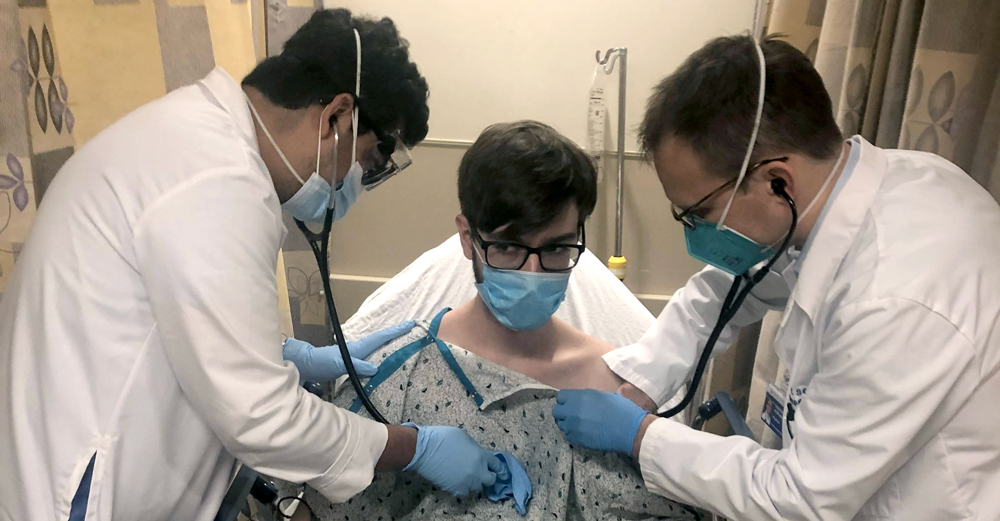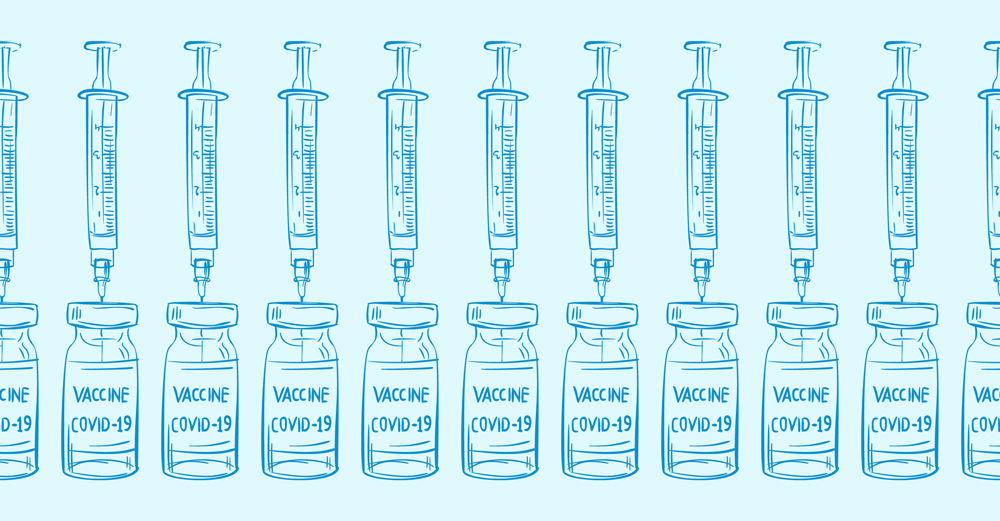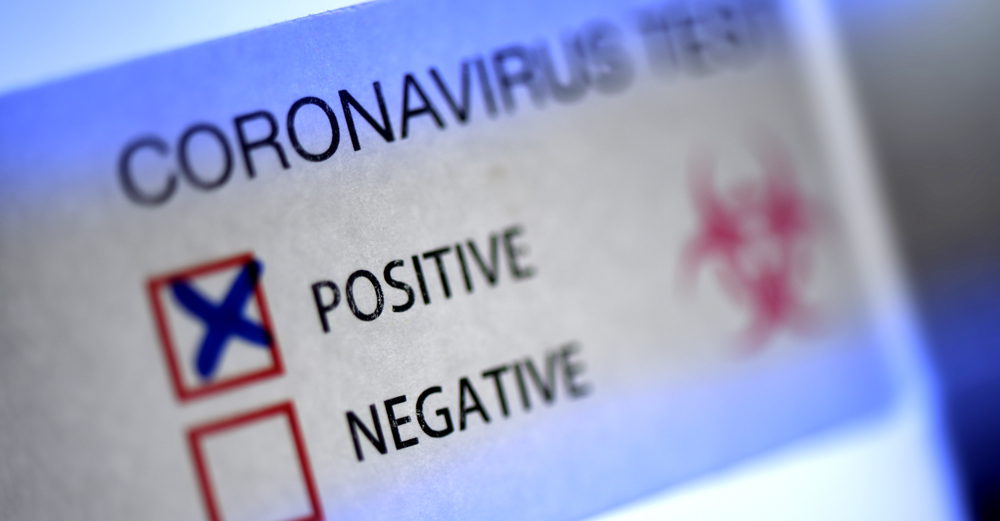They also discuss the lack of proper animal studies for the new mRNA vaccines, and the theory, espoused by virologist Geert Vanden Bossche, Ph.D., that mass vaccination with the mRNA vaccines could produce ever more transmissible and potentially deadly variants.
As The Defender reported June 3, Bridle received a copy of a Japanese biodistribution study — which had been kept from the public — as a result of a freedom of information request made to the Japanese government for Pfizer data.
Prior to the study’s disclosure, the public was led to believe by regulators and vaccine developers that the spike protein produced by mRNA COVID vaccines stayed in the shoulder where it was injected and was not biologically active — even though regulators around the world had a copy of the study which showed otherwise.
The biodistribution study obtained by Bridle showed lipid nanoparticles from the vaccine did not stay in the deltoid muscle where they were injected as the vaccine’s developers claimed would happen, but circulated throughout the body and accumulated in large concentrations in organs and tissues, including the spleen, bone marrow, liver, adrenal glands and — in “quite high concentrations” — in the ovaries.
The mRNA — or messenger RNA — is what tells the body to manufacture the spike protein. The lipid nanoparticles are like the “boxes” the mRNA is shipped in, according to Malone. “If you find lipid nanoparticles in an organ or tissue, that tells you the drug got to that location,” Malone explained.
According to the data in the Japanese study, lipid nanoparticles were found in the whole blood circulating throughout the body within four hours, and then settled in large concentrations in the ovaries, bone marrow and lymph nodes.
Malone said there needed to be monitoring of vaccine recipients for leukemia and lymphomas as there were concentrations of lipid nanoparticles in the bone marrow and lymph nodes. But those signals often don’t show up for six months to three or nine years down the road, he said.
Usually, signals like this are picked up in animal studies and long-term clinical trials, but this didn’t happen with mRNA vaccines, Malone said.
Malone said there are two adverse event signals that are becoming apparent to the U.S. Food and Drug Administration (FDA). One of them is thrombocytopenia — not having enough platelets, which are manufactured in the bone marrow. The other is reactivation of latent viruses.
Malone found the ovarian signal perplexing because there is no accumulation in the testes.
Malone said the original data packages contained this biodistribution information. “This data has been out there a long time” within the protected, non-disclosed, purview of the regulators across the world, he said.
























































































![Ep 2524a – Trump Releases The Bait, Will [JB] & [CB] Go Take It](https://v1.nitrocdn.com/PtUefQrfncdsWOjilqcqdvGyQbUvpoWC/assets/static/optimized/rev-e2e1754/wp-content/uploads/2021/07/youtube_newsbrief2_financial_layer-1.jpg)












 Sarasvati
Sarasvati














![Ep 2508a – [CB]s Lost Their Cover Stories, Desperation Setting In, [FF]](https://v1.nitrocdn.com/PtUefQrfncdsWOjilqcqdvGyQbUvpoWC/assets/static/optimized/rev-e2e1754/wp-content/uploads/2021/06/youtube_newsbrief2_financial_layer-2.jpg)



![Ep 2506b – The [DS] Exposed Their Plan When The Truth Is Revealed About The Elections, Red Alert](https://v1.nitrocdn.com/PtUefQrfncdsWOjilqcqdvGyQbUvpoWC/assets/static/optimized/rev-e2e1754/wp-content/uploads/2021/06/youtube_geo-political_red_alert.jpg)
![Ep 2506a – The [CB] Great Reset/Climate Change Plan Hits A Major Road Block](https://v1.nitrocdn.com/PtUefQrfncdsWOjilqcqdvGyQbUvpoWC/assets/static/optimized/rev-e2e1754/wp-content/uploads/2021/06/youtube_financial_block.jpg)
![Ep 2505b – Patriots Have The [DS] Panicking, Ready For The Offensive, Hold The Line](https://v1.nitrocdn.com/PtUefQrfncdsWOjilqcqdvGyQbUvpoWC/assets/static/optimized/rev-e2e1754/wp-content/uploads/2021/06/youtube_geo-political_off.jpg)
![Ep 2505a – [CB] Just Exposed Their Currency Plan, It Already Failed](https://v1.nitrocdn.com/PtUefQrfncdsWOjilqcqdvGyQbUvpoWC/assets/static/optimized/rev-e2e1754/wp-content/uploads/2021/06/youtube_financial_cbdc.jpg)
![Ep 2504b – [DS] Panicking, Ready To Use Ammunition, Something Big Is Coming, Red 2](https://v1.nitrocdn.com/PtUefQrfncdsWOjilqcqdvGyQbUvpoWC/assets/static/optimized/rev-e2e1754/wp-content/uploads/2021/06/youtube_geo-political_red2.jpg)













































